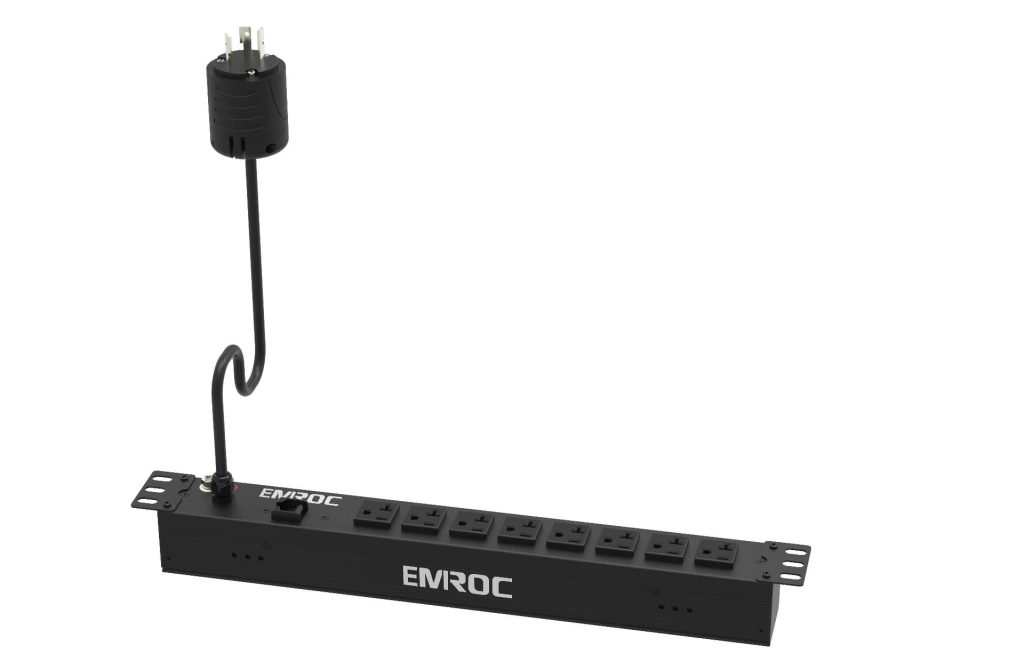Power Distribution Units (PDUs) are a crucial component of any data center or server room infrastructure. They play a pivotal role in ensuring a reliable and efficient power supply to critical IT equipment. When it comes to selecting the right PDU for your needs, it’s essential to consider various factors to make an informed decision. In this article, we will compare different types of PDUs to determine which one is the better choice for your specific requirements.

1. Basic PDUs Basic PDUs are the most straightforward and cost-effective option. They provide a means to distribute power to multiple devices, typically through a series of outlets. Basic PDUs offer no advanced features like remote monitoring or control. They are best suited for small setups or environments where power distribution needs are straightforward. Pros: Cost-effective Simple and easy to use Reliable for basic power distribution needs Cons: Lack advanced features Limited control and monitoring capabilities Not suitable for complex data centers 2. Metered PDUs Metered PDUs, as the name suggests, offer the ability to monitor power usage. They provide valuable insights into power consumption, making them suitable for environments where energy efficiency is a concern. These PDUs can help prevent overloading circuits and provide data for capacity planning. Pros: Power monitoring capabilities Prevents overloading circuits Useful for capacity planning Suitable for medium-sized data centers Cons: Limited control features May not provide real-time data 3. Switched PDUs Switched PDUs combine the features of basic and metered PDUs with added control and remote management capabilities. These PDUs allow administrators to remotely turn outlets on or off, reboot devices, and monitor power usage in real-time. They are ideal for larger data centers and critical environments where remote control is essential. Pros: Remote outlet control Real-time power monitoring Advanced management features Suitable for large data centers Cons: Higher cost compared to basic and metered PDUs Requires more technical expertise for setup and management 4. Intelligent PDUs Intelligent PDUs take remote management and monitoring to the next level. They often come with additional features such as environmental monitoring (temperature, humidity), load balancing, and support for SNMP (Simple Network Management Protocol). Intelligent PDUs are the top choice for mission-critical data centers and enterprises that demand the highest level of control and visibility. Pros: Advanced remote management capabilities Environmental monitoring Load balancing features Ideal for mission-critical environments Cons: Highest cost among PDU types Requires skilled personnel for setup and maintenance 5. Hybrid PDUs Hybrid PDUs combine various features from the above categories to provide a customized solution. Organizations can choose the features that best suit their needs, making hybrid PDUs highly adaptable. These PDUs strike a balance between cost, functionality, and scalability. Pros: Customizable features Cost-effective for specific use cases Versatile and adaptable Cons: May not excel in any specific area In conclusion, the choice between different PDUs depends on your specific requirements and budget. Basic PDUs are suitable for simple setups, while metered PDUs offer power monitoring. Switched PDUs provide remote control, and intelligent PDUs offer advanced management and monitoring capabilities for mission-critical environments. Hybrid PDUs provide a customizable solution for organizations with diverse needs. Carefully evaluate your data center’s needs to determine which PDU type is the better choice for you.